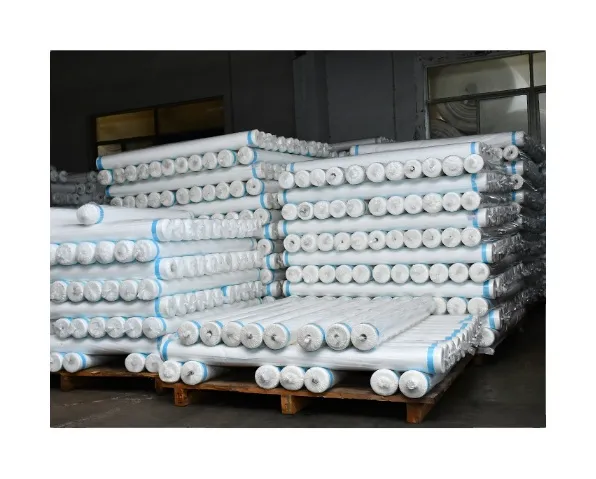
- Afrikaans
- Albanian
- Amharic
- Arabic
- Armenian
- Azerbaijani
- Basque
- Belarusian
- Bengali
- Bosnian
- Bulgarian
- Catalan
- Cebuano
- Corsican
- Croatian
- Czech
- Danish
- Dutch
- English
- Esperanto
- Estonian
- Finnish
- French
- Frisian
- Galician
- Georgian
- German
- Greek
- Gujarati
- haitian_creole
- hausa
- hawaiian
- Hebrew
- Hindi
- Miao
- Hungarian
- Icelandic
- igbo
- Indonesian
- irish
- Italian
- Japanese
- Javanese
- Kannada
- kazakh
- Khmer
- Rwandese
- Korean
- Kurdish
- Kyrgyz
- Lao
- Latin
- Latvian
- Lithuanian
- Luxembourgish
- Macedonian
- Malgashi
- Malay
- Malayalam
- Maltese
- Maori
- Marathi
- Mongolian
- Myanmar
- Nepali
- Norwegian
- Norwegian
- Occitan
- Pashto
- Persian
- Polish
- Portuguese
- Punjabi
- Romanian
- Russian
- Samoan
- scottish-gaelic
- Serbian
- Sesotho
- Shona
- Sindhi
- Sinhala
- Slovak
- Slovenian
- Somali
- Spanish
- Sundanese
- Swahili
- Swedish
- Tagalog
- Tajik
- Tamil
- Tatar
- Telugu
- Thai
- Turkish
- Turkmen
- Ukrainian
- Urdu
- Uighur
- Uzbek
- Vietnamese
- Welsh
- Bantu
- Yiddish
- Yoruba
- Zulu
polyester fiber
The Versatility and Sustainability of Polyester Fiber
Polyester fiber, a synthetic fabric, has become an integral part of the textile industry since its introduction in the mid-20th century. Known for its durability, resilience, and low maintenance requirements, polyester is utilized across various applications, from clothing to upholstery, and even industrial uses. This article delves into the characteristics, benefits, and sustainability aspects of polyester fiber, highlighting its significance in modern society.
Characteristics of Polyester Fiber
Polyester fiber originates from petroleum products, making it a part of the broader category of synthetic fibers. One of its most remarkable attributes is its exceptional strength. Polyester is resistant to stretching and shrinking, ensuring that garments retain their shape even after repeated washing and wearing. Furthermore, polyester exhibits excellent resistance to wrinkles, fading, and mildew, making it a favored choice for both fashion and functional apparel.
Another notable characteristic is its quick-drying property. Unlike natural fibers such as cotton, which can take considerable time to dry, polyester allows moisture to evaporate rapidly, making it ideal for activewear and outdoor apparel. This quick-dry feature contributes not only to comfort but also to performance in sports and fitness environments.
Benefits of Polyester Fiber
The versatility of polyester fiber cannot be overstated. It can be produced in various forms, including staple fibers and filament yarns, allowing manufacturers to create fabrics that range from soft and cozy fleece to robust, durable textiles for industrial purposes. Moreover, polyester can mimic the feel of natural fibers while offering enhanced durability.
Cost efficiency is one of the significant advantages of polyester. The availability of raw materials and the efficient manufacturing processes associated with polyester production make it a more affordable option compared to natural fibers. This cost-effectiveness provides a barrier to entry for apparel manufacturers and allows consumers to access trendy and functional clothing without breaking the bank.
polyester fiber

In addition, polyester blends well with other fibers, enhancing the properties of final products. For instance, mixing polyester with cotton can improve wrinkle resistance while maintaining the comfort of cotton fabric. This blended approach has led to a wide range of fabric options, providing designers with flexibility in their creations.
Sustainability and Innovations
Despite its advantages, polyester fiber has been scrutinized for its environmental impact. Derived from non-renewable petroleum resources, its production contributes to pollution and greenhouse gas emissions. However, the industry is evolving, focusing on sustainability through innovations and recycling initiatives.
One of the most exciting developments is the rise of recycled polyester (rPET), made from PET plastic bottles and other post-consumer waste. This approach not only reduces landfill waste but also conserves energy and resources compared to virgin polyester production. Brands are increasingly adopting rPET in their products, appealing to environmentally conscious consumers.
Moreover, advancements in manufacturing processes are promoting lower energy consumption and reduced water usage. Innovative techniques, such as the creation of bio-based polyester derived from renewable plant resources, are being explored to further lessen the environmental footprint associated with traditional polyester production.
Conclusion
Polyester fiber remains a cornerstone of the textile industry, celebrated for its strength, versatility, and cost-effectiveness. While its origins in petroleum raise valid environmental concerns, the ongoing commitment to sustainability through recycling and innovative production processes provides hope for a more eco-friendly future. The textile industry is at a pivotal point where it can balance the functional benefits of synthetic fibers with the pressing need for environmental responsibility. As consumers become increasingly aware of their purchasing choices, the demand for sustainable polyester alternatives is poised to shape the future landscape of textile production, paving the way for a dynamic, resilient, and sustainable textile industry.
-
The Versatility and Elegance of White Cotton Poplin FabricNewsJun.23,2025
-
The Luxurious Comfort of Carded CottonNewsJun.23,2025
-
Explore the Luxurious Comfort of Cotton Flannel ClothNewsJun.23,2025
-
Discover the Versatility of Cotton Poplin ClothNewsJun.23,2025
-
Bleach Cotton FabricNewsJun.23,2025
-
100 Cotton BlendNewsJun.23,2025
-
Versatile Elegance with Poplin Fabric for SaleNewsMay.15,2025
